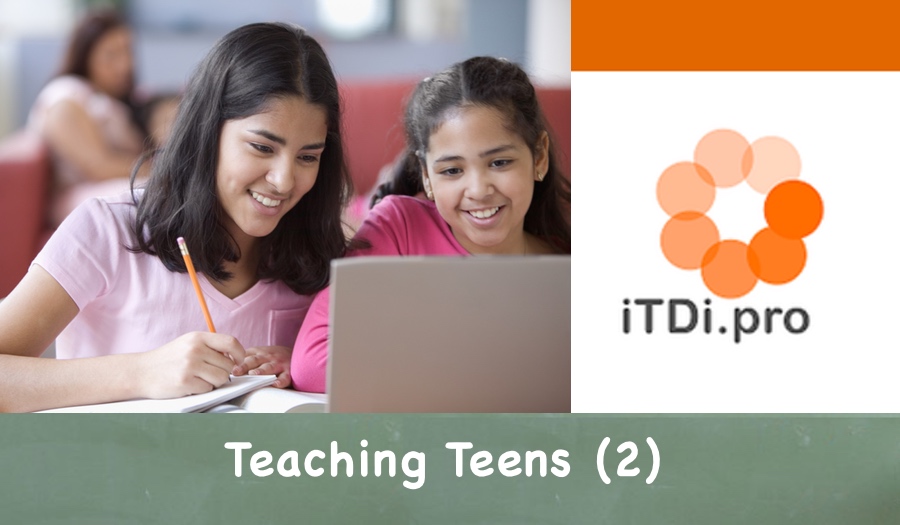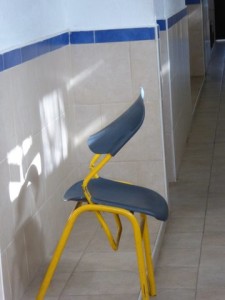 The Power of a Simple Tweak
The Power of a Simple Tweak
by Naomi Epstein.
Imagine you are required to write a 120 -140 word essay. In the essay you must express your opinion on an assigned topic, not one you have chosen. Your work will be assessed on fluency, accuracy, and the ability to use rich and varied vocabulary.
Now, imagine you study English as a foreign language. Essay writing is certainly a challenging task.
NOW imagine that you are a Deaf student studying English as a foreign language. Writing such an essay well is significantly more challenging.
I always give samples of excellent essays to my Deaf and hard of hearing high-school students. Unfortunately, it has always been difficult to get the students to read an essay more than once. The point of looking at a text in depth is to really notice the vocabulary and grammar used and how they are employed to create a coherent and cohesive text. But the students don’t see that. They’ve understood the main idea after a single reading and want a new text even though they are missing so many fine details.
All this changed after I read the chapter on “Read and Look Up” in John Fanselow’s book “Small Changes in Teaching, Big Results in Learning.” I had heard of the method before but had no idea how to implement it in class. In fact, what I hadn’t understood at all before reading Fanselow’s detailed explanations and suggested activities with variations, was that reading a sentence (or two) silently, pausing, and then looking at someone before saying what was read, is not simply an exercise in memory and parroting. I was amazed to see that not only did the students learn from the experience, they reported feeling that they had learned something.
Here’s an example.
I gave one of my students, whom we’ll call R., a sample essay on whether high school students should be required to do volunteer work or not. I asked her to read to herself a sentence or two, turn over the page and say what she read while looking at me. R. has cochlear implants and her speech is fairly clear. The room was quiet and there were no other students at the time.
R. did as I asked.
She replaced some words with others as she spoke.
I was delighted!
I praised her, explaining that replacing words was wonderful and told her that I wanted us to examine together what exactly she was doing. I pulled out scrap paper and a pen and asked R. to begin again and wrote down every word she said. The situation amused R. – she was speaking and I was the one writing furiously (note: the part about the teacher writing is not in the book but is necessary when working with Deaf students in a foreign language).
We paused after every two sentences (more or less) to compare what R. had said with the original text. We noted which words she had replaced with others and whether they meant the same as the original or not. If not, I suggested other words she could have used. For example, she said “in the beginning” instead of “at first”, which is great. When she said “the experience has donated far more to me” instead of “contributed,” we discussed the difference between the two words. We paid special attention to connecting words such as “however” and “therefore.”
Then R. read (with page turned over, remember?!) two long sentences verbatim. She hadn’t replaced a single word or omitted a single one. R. then looked at the text and asked:
” I used the words in the text. I don’t know other words to use here. Can you tell me?”
Needless to say, I was happy to oblige.
Note from the editor: Naomi has been trying out other activities from John Fanselow’s recent book, and the blog posts with her reports and reflections on how they went in her classes are available on Naomi’s own blog Visualizing Ideas.

















